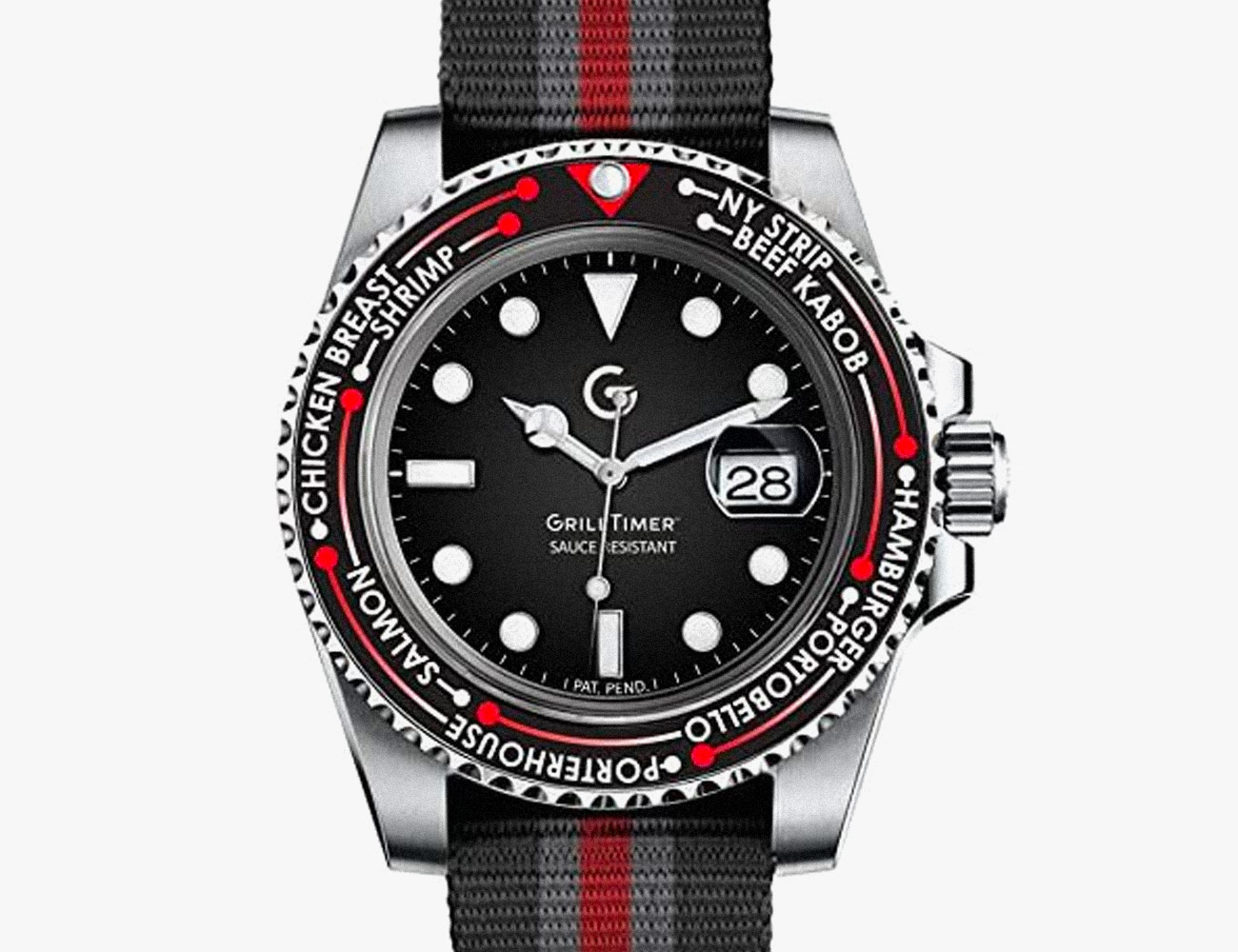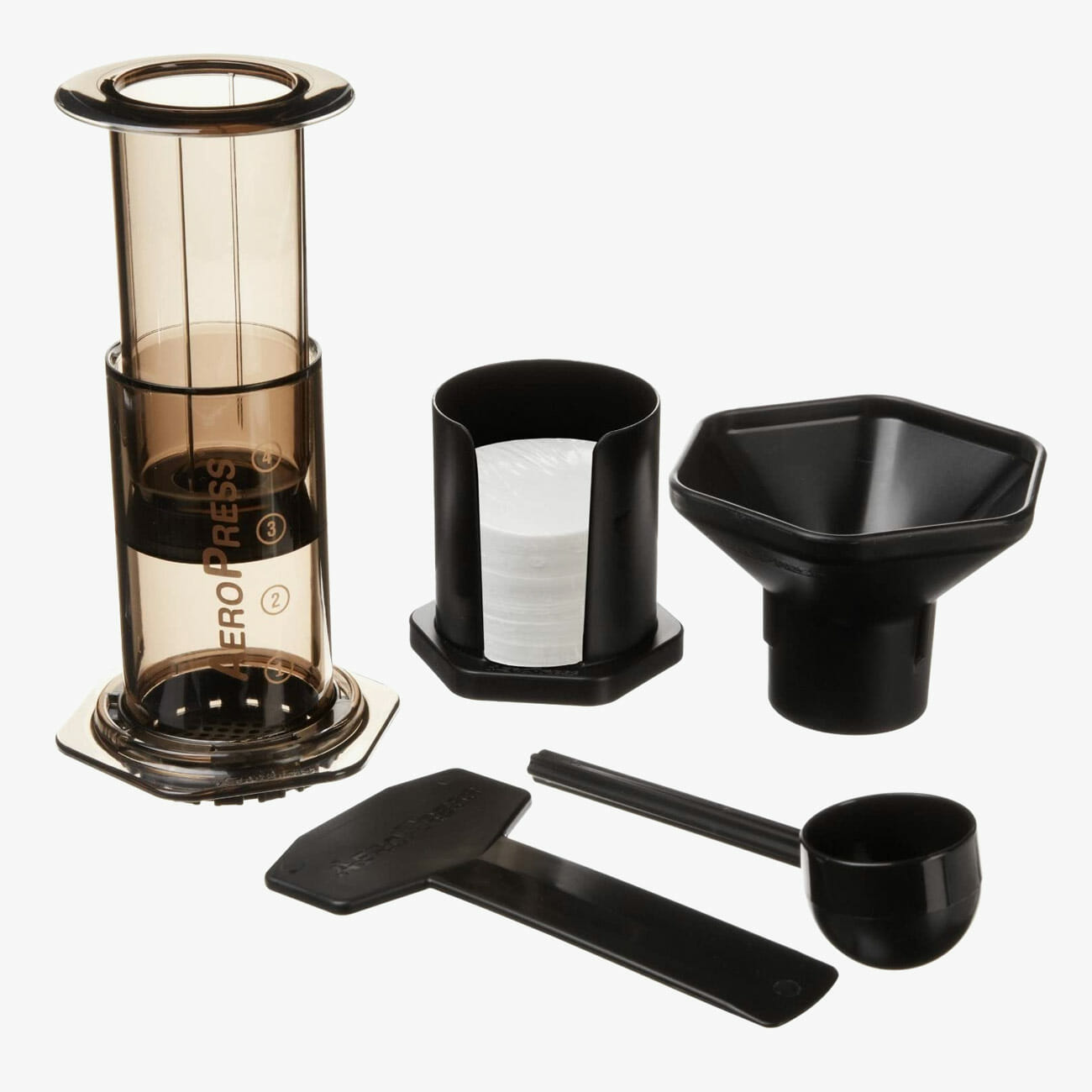It’s certainly a bold statement to make, but it’s fairly easy to back up: the best current car and motorcycle design in the world is coming from Sweden and Japan. More specifically, Volvo and Mazda are holding things down in the four-wheeled industry, while Husqvarna is a major player from the two-wheeled side of things. The Sweden-based startup Cake, making electric motorcycles reinforces the argument.
Ever since Volvo introduced its current design language back in 2013-2014 and brought it to production on the current generation XC90 and S90 in 2015, I’ve been adamant in saying they’re the best-looking cars on the road, by far. And it’s not just me, the Swedish brand won won multiple awards since. What makes Volvo’s design language stand out, though, is its adaptability. Whether it’s applied to a sedan, wagon, coupe, crossover or three-row SUV, it sits on the road with a subtle elegance and puts the golden ratio and the rule of thirds to work incredibly well. Mind you, Volvo’s design doesn’t shout at you and broadcast this elegance and the luxury behind it — the design aims for a more classy approach, something which can’t be said for its German counterparts.
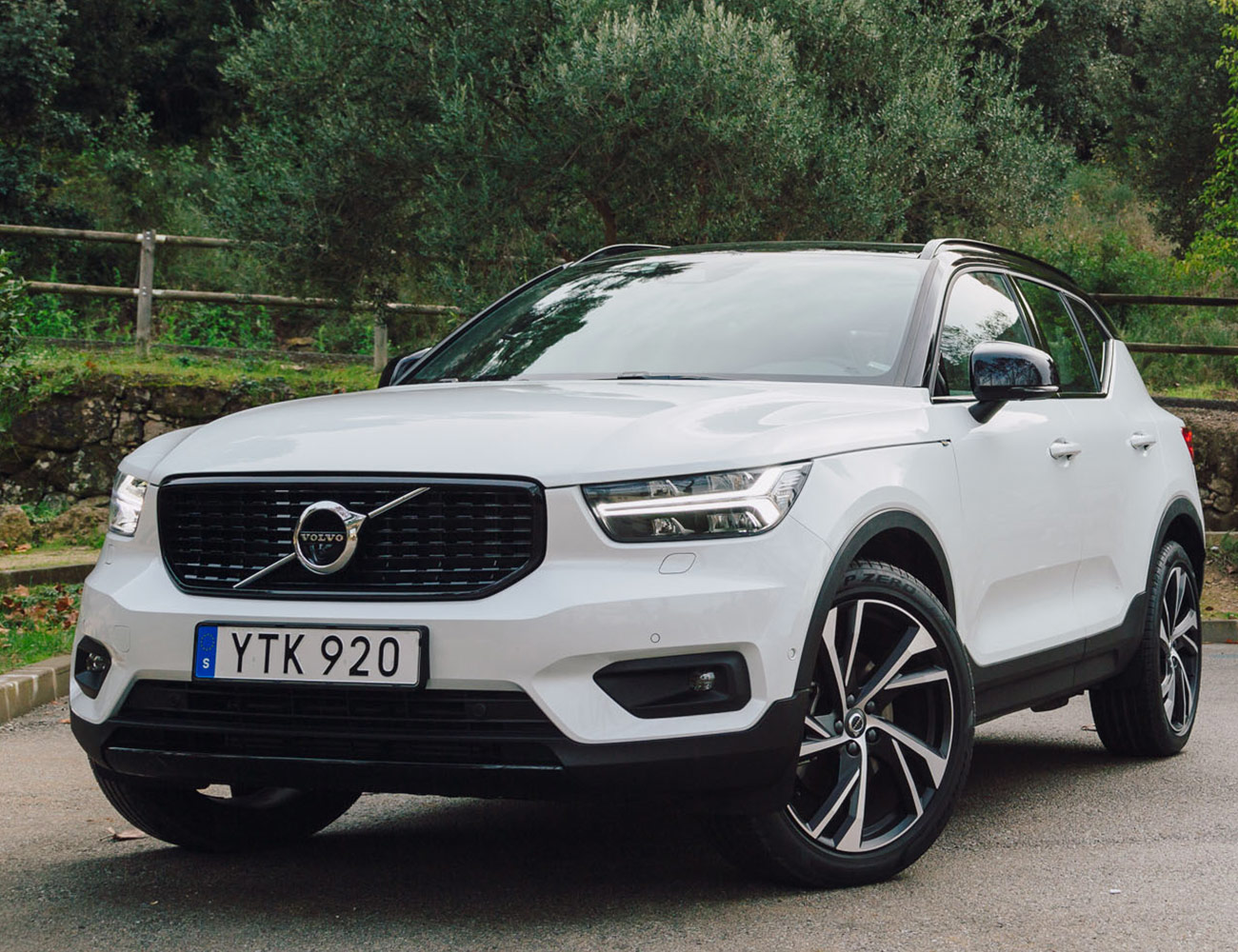
Mazda follows a similar essentialism approach, but where Volvo’s current lineup relates more to modern architecture in its lines, Mazda’s is more freeform. It might be that hand-formed look that also lets Mazda easily transplant its design language to sedans, coupes and SUVs. You can instantly recognize Mazda’s Kodo design (whether you know it was even named Kodo, or not) the same way Volvo has crafted itself a signature look. Almost every vehicle in Ford or Chevy’s lineup looks nothing like the next model — aside from a similar grille shape, there’s little to no brand cohesion. Mazda deserves recognition because it’s set itself apart in a segment filled with cars overdesigned in an attempt to punch above their weight in the market or grab attention for the brand as if it has something to prove.
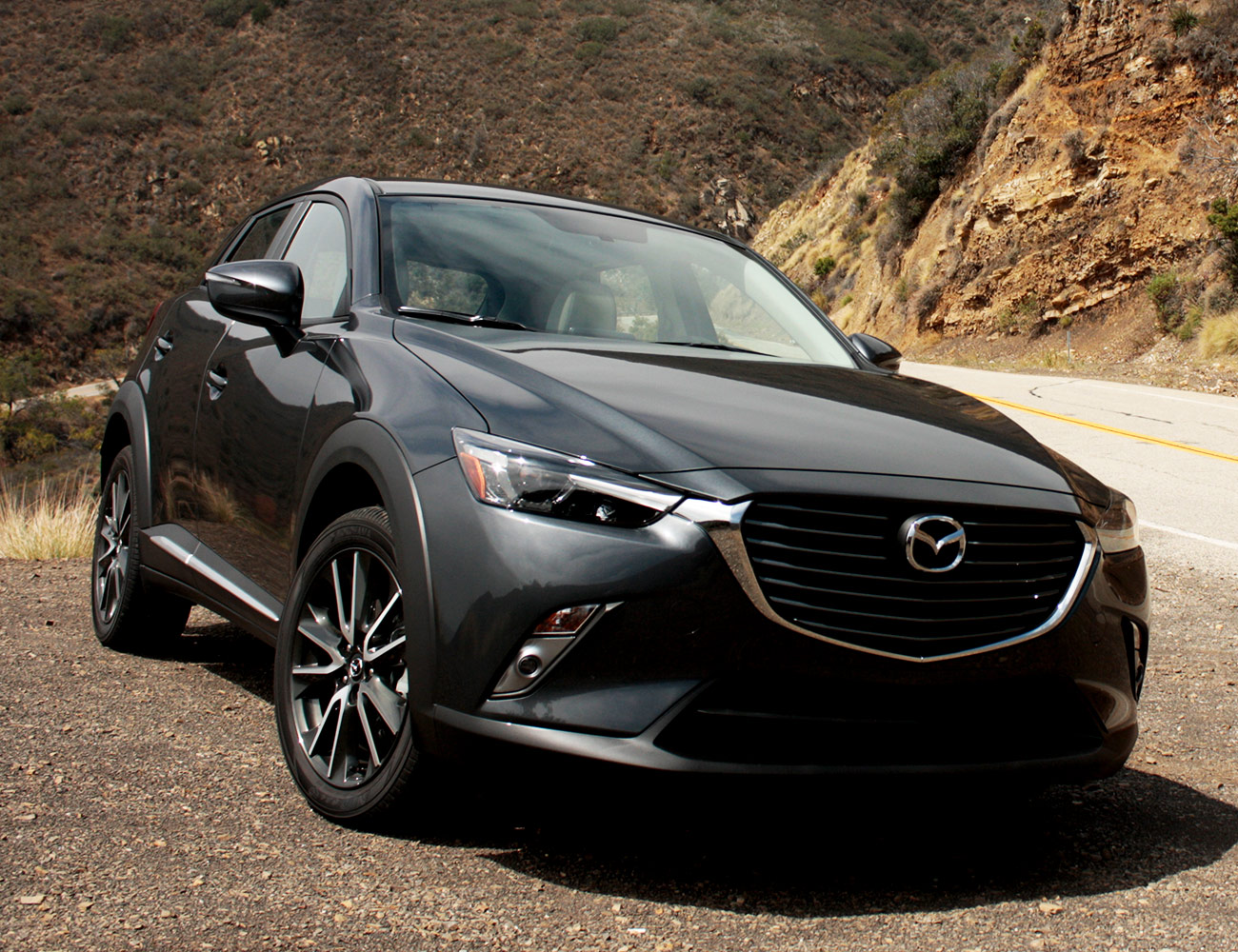
In the two-wheeled industry, Husqvarna and Stockholm-based upstart Cake flex Scandinavian design muscle. Yes, Husqvarna motorcycles are owned by the Austrian manufacturer KTM and built in Austria, but the design is pure Sweden. Cake, founded by Stefan Ytterborn (who was a designer at Ikea at one point) and Husqvarna’s new road bike design follow the same essentialist philosophy as Volvo and Mazda — everything you need to get the job done and nothing you don’t.
Where Cake knocks the design of the Kalk all-electric bike out of the park is that its simple, straightforward design matches how the rider interacts with it and how it handles on the road an on the trail. The Kalk’s form and function have an almost symbiotic relationship, working together to make it easier for the bike to achieve its goal of being an easy-to-use, accessible, yet incredibly capable and amusing motorcycle.
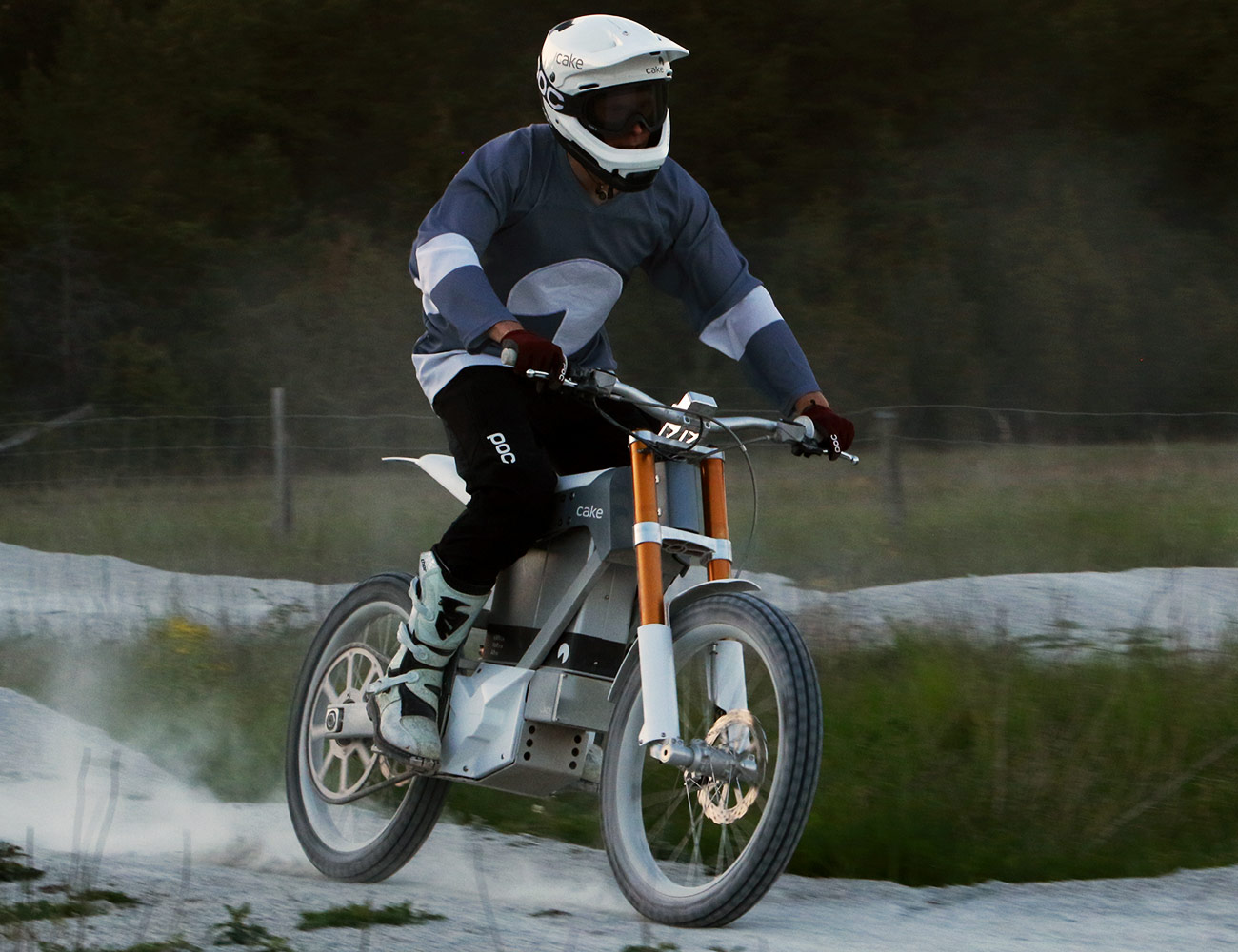
It would have been incredibly easy for Husqvarna designers to follow the crowd and drop two vintage-style cafe racers or sport standard bikes. Instead, the Svartpilen and Vitpilen 401 move the genres forward — their modernity is inarguable while still being clear interpretations of the classic and insanely popular cafe racer. Yamaha’s MT line is the clearest example of going in the opposite direction. That doesn’t mean it’s a terrible bike, but it might be the closest thing to an over-designed Honda Civic Type-R on two wheels.
In a landscape where unnecessary character lines are added to the sides of cars to build definition, and either outdated styling or an overabundance of plastic pieces thrown at motorcycles, the level-headed, humble approach to design is what is truly moving the industry forward. The idea of essentialism seems like a vacation in a world of excess and information overload. And if you’re one of the people who look to hit the road as an escape, the Swedes and Japanese are making the best-looking outlets for you.
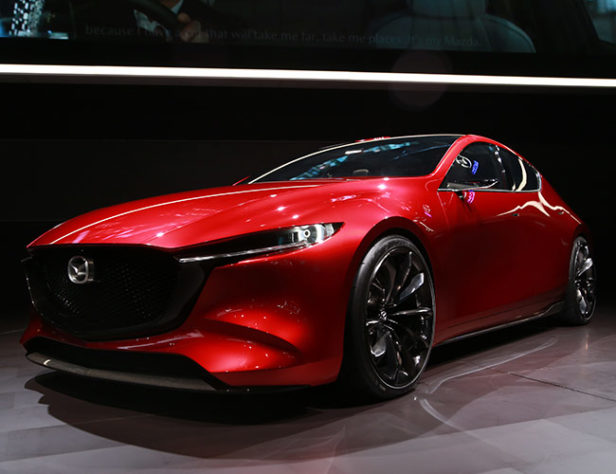
The best way to catch up on the day’s most important product releases and stories. Read the Story


